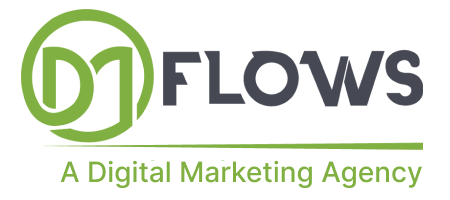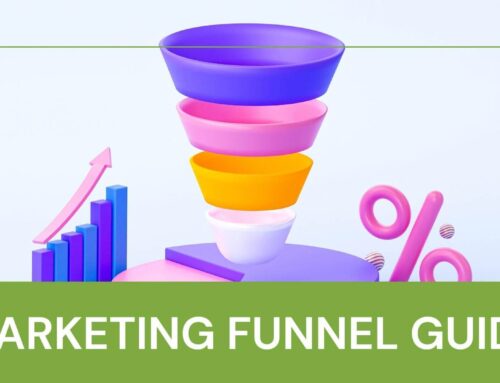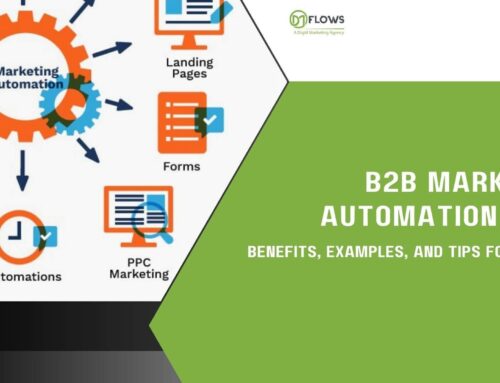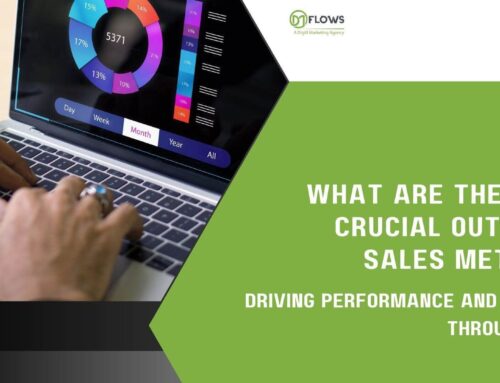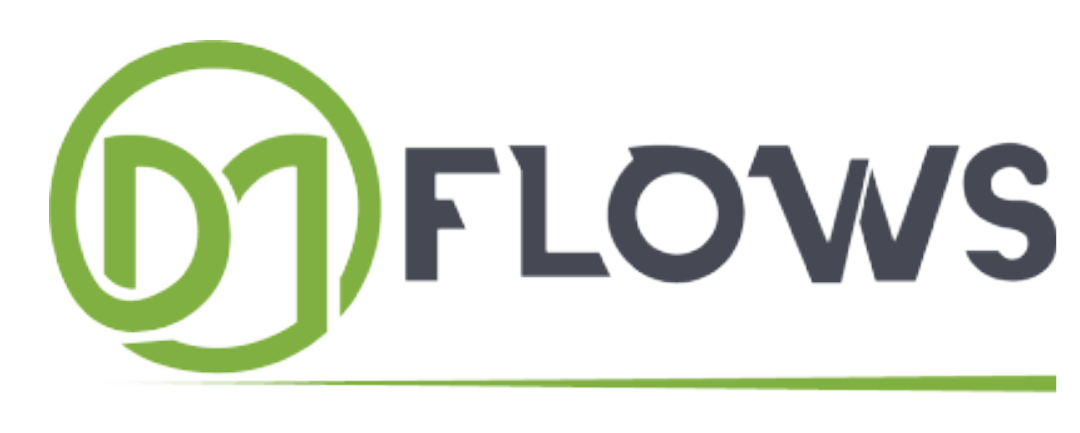What is Outbound Sales
Outbound sales is a sales approach where the salesperson initiates contact with potential customers, who haven’t necessarily expressed prior interest in the company’s product or service. It’s essentially the opposite of inbound sales, where the customer reaches out first.
Outbound sales is a proactive approach to generating leads and closing deals. Instead of waiting for customers to find you, you take the initiative to reach out and introduce them to your products or services.
Outbound sales can be a powerful tool for any business, but it’s important to consider your target audience, resources, and budget. If you’re looking for a way to actively reach new customers and build a strong sales pipeline, outbound sales might be the right strategy for you.
Types Of Outbound Sales
There are two types of outbound sales – B2B (business to business) outbound sales and B2C (business to customer) outbound sales.
B2B outbound Sales
In B2B outbound sales, the focus is on selling products or services to other businesses, usually involving a longer sales cycle and more complex decision-making processes. Sales representatives need to be knowledgeable about the industry, understand the specific needs of the target company, and build long-term relationships with key stakeholders.
B2C Outbound Sales
B2C outbound sales are aimed at individual consumers, often requiring a more persuasive and emotion-driven approach to marketing and selling products quickly at a larger scale. While B2B sales involve high-dollar transactions and fewer clients, B2C sales typically have lower purchase values but a larger customer base.
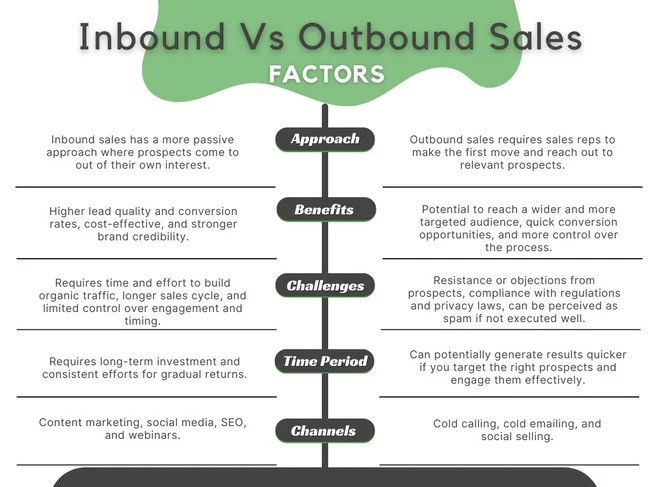
Inbound vs Outbound Sales – What Is Right For You
Inbound and outbound sales are two distinct strategies used by businesses to generate leads and close deals.
Inbound Sales:
Inbound sales involve attracting potential customers through various marketing techniques such as content creation, search engine optimization, and social media advertising. The focus is on creating valuable and relevant content that addresses the needs of the target audience, thereby drawing them towards the company’s products or services.
Pros
Cost-effective: Focuses on attracting qualified leads, reducing costs associated with outreach.
Higher quality leads: Leads who find you are already interested, leading to better conversion rates.
Builds trust and credibility: Valuable content positions you as an authority, fostering trust with potential customers.
Cons
Slower lead generation: Takes time to build brand awareness and attract organic traffic.
Requires ongoing effort: Content creation, SEO optimization, and social media engagement are continuous processes.
Outbound Sales:
Outbound sales involve proactively reaching out to potential customers through methods like cold calling, email campaigns, and door-to-door sales. Outbound sales representatives initiate the conversation with prospects in an attempt to convince them about the benefits of their offerings.
While both techniques have their merits, inbound sales often yield higher quality leads since they are generated from individuals actively seeking information or solutions. Consequently, closing rates tend to be higher in inbound sales as compared to outbound. Outbound sales can be advantageous when targeting specific demographics or industries that may not be easily reached through inbound efforts alone.
Pros
Faster lead generation: Allows you to directly target potential customers and quickly build a sales pipeline.
Greater control: You control the messaging and tailor your approach to specific audiences.
Suitable for complex products/services: Can be effective for explaining intricate solutions that require detailed explanations.
Cons
Can be expensive: Cold calling, emailing, and social selling efforts can require significant resources.
Lower quality leads: Reaching out to a broader audience may result in a higher volume of unqualified leads.
Potential for rejection: Cold outreach can be met with resistance, requiring persistence and effective communication skills.
Consider these factors when making your decision
- Your target audience: Are they actively searching for solutions (inbound) or do they need to be made aware of your offering (outbound)?
- Your product or service: Is it a simple purchase or a complex solution requiring detailed explanation (outbound)?
- Your budget and resources: Can you invest in content creation and SEO for inbound marketing, or is a more direct outbound approach more feasible?
Ultimately, combining both strategies can create a robust sales approach that maximizes lead generation opportunities while providing a tailored experience for potential customers.
Outbound Sales Process
The outbound sales process is a key component of any successful sales strategy, involving reaching out to potential customers proactively to generate leads and drive revenue. This method requires sales representatives to proactively contact prospects via phone calls or emails in order to introduce products or services, qualify leads, and ultimately convert them into satisfied customers.
A well-executed outbound sales process involves conducting thorough research on target markets, crafting personalized pitch strategies, and effectively addressing objections to close deals successfully. It also requires maintaining a professional demeanor, strong communication skills, confidence, persistence, and the ability to adapt to different customer needs and preferences.
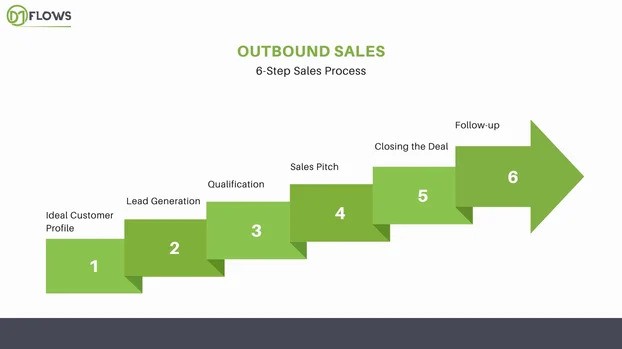
By implementing an effective outbound sales process within a structured framework that focuses on understanding customer pain points and providing tailored solutions, companies can enhance their brand value, increase customer loyalty, and achieve sustainable growth in the competitive market landscape.
Advantage Of Outbound Sales Process
The outbound sales process offers several advantages for businesses seeking to expand their customer base and generate new leads.
One key advantage is the ability to proactively reach out to potential customers, rather than waiting for them to come to you. This allows sales teams to target specific demographics and industries, increasing the likelihood of connecting with qualified prospects.
Additionally, outbound sales can be a more efficient way to scale a business, as it enables companies to rapidly grow their client base through cold calling, email outreach, and other direct marketing tactics.
How To Improve Your Outbound Sales Process
Improving your outbound sales process requires a strategic approach and a commitment to continual refinement. To start, it is essential to clearly define your target audience and tailor your messaging to resonate with their specific needs and pain points. Utilizing data-driven insights can help you create more personalized pitches and increase engagement with prospects.
Additionally, implementing a robust follow-up strategy, such as building nurturing sequences or utilizing drip campaigns, can help keep leads warm and move them through the sales funnel more effectively.
It’s also crucial to regularly review key performance indicators (KPIs) and metrics to identify areas for improvement and adjust your tactics accordingly.
You can improve your outbound sales process by following key points:
- Targeting the right leads
- Using in-depth market knowledge and insights to extract high converting leads
- Surrounding yourself with the best set of professionals
- Knowing your product and service value and then promoting it
- Using easy-to-access data for improving lead generation and personalizing outreach
- Outrunning the competitors with a unique selling proposition
- Closing a deal with solid benefits
- Integrating the most advanced technology, and more.
Steps Involve in Sales Process
The outbound sales process involves a series of strategic steps designed to transform potential customers into loyal ones.
Here’s a breakdown of the key stages
Prospecting: Building Your Target List
- Define Your Ideal Customer Profile (ICP): This is the foundation. Identify the characteristics of your perfect customer, considering factors like industry, company size, and decision-makers.
- Gather Leads: Once you know who you’re targeting, collect contact information. Utilize various methods like online directories, industry events, or purchasing lead lists (ensure reputable sources with GDPR compliance if applicable).
Research and Information Gathering
- Research Your Prospects: Don’t go in blind! Utilize CRMs, social media profiles, and any other resources to understand their current challenges, pain points, and buying journey.
Making the Initial Contact
- Choose Your Outreach Channel: Select the communication method that best suits your target audience and product/service. Common options include cold calling, cold emailing, or social selling.
- Craft a Compelling Introduction: Go beyond a generic greeting. Personalize your message to grab attention, highlight your value proposition, and spark a genuine conversation.
Building Rapport and Demonstrating Value
- Focus on Relationship Building: Sales aren’t just about the pitch. Engage in conversation, demonstrate genuine interest in their needs, and establish rapport. This builds trust and opens the door to a productive interaction.
- Articulate Your Value Proposition: Clearly communicate the benefits your product or service offers. Explain how it specifically addresses their challenges and how they’ll achieve quantifiable results through your solution (focus on ROI).
Handling Objections and Overcoming Concerns
- Anticipate Common Objections: Be prepared for concerns like budget limitations or lack of perceived need. Develop well-structured counter-arguments that showcase the value you bring.
- Focus on Solutions: Shift the conversation from objections to finding solutions. Highlight success stories of how you’ve helped similar businesses achieve their goals.
Closing the Deal
- Guide Towards a Next Step: The ultimate objective is securing a sale. Move the conversation towards a clear next step, such as a demo, proposal, or free trial.
- Utilize Effective Closing Techniques: Employ closing techniques that gently nudge the prospect towards a decision without being pushy.
Follow-up and Lead Nurturing
- Develop a Consistent Follow-up Strategy: Don’t give up after one interaction! Develop a follow-up plan to keep the conversation going, address any lingering questions, and nurture leads until they’re ready to convert.
What Channels Do You Need for Your Outbound Strategy?
An outbound sales strategy is a proactive approach used by companies to reach out to potential customers and generate new business. This strategy typically involves sales representatives actively initiating contact with leads through methods such as cold calling, email campaigns, networking events, or social media outreach.
Cold Calling
The cold calling process involves reaching out to potential clients with whom you have not previously had any contact. The success of this method relies heavily on your research skills and your ability to navigate the conversation smoothly.
Cold Calling
While cold calling involves making phone calls, cold emailing entails sending emails to individuals you have not yet met. The objective is to generate interest in your product or service through a series of well-crafted emails or sales sequences. To achieve this, it is crucial to comprehend their needs and assist them in recognizing the urgency of addressing the issue at hand.
Cold emails that contain personal message bodies are 32.7 percent more effective when in comparison to emails without the personalization of their message.
Leadership Through Thought
Establish yourself as an authoritative figure in your field and actively engage in events, webinars, and podcasts. During these interactions, tactfully mention your product to pique interest and curiosity.
Furthermore, consider inviting guests who specialize in related subjects to participate in your podcasts or webinars. Engage in meaningful discussions that revolve around your specific area of expertise.
Social Selling
Social platforms are the place where you can establish a connection with your prospective customer. This can result in being interested in attending a demonstration.
You can engage with their posts, create relevant material, and establish yourself as a solution-oriented provider to the problems of your prospective customers. It is possible to introduce your service after you have built something from your interactions.
By employing an outbound sales strategy, businesses can target specific demographics or industries, allowing them to control who they are reaching out to and tailor their message accordingly.
One of the key advantages of an outbound sales strategy is that it allows companies to initiate conversations with potential customers who may not be actively seeking their products or services at that moment. This proactive approach can help businesses build brand awareness, generate leads, and ultimately drive revenue growth by expanding their customer base.
In order for an outbound sales strategy to be successful, it requires a well-defined target audience, a clear value proposition, effective communication skills, and persistence in following up with leads until they convert into paying customers.
Commonly Used Techniques In Outbound Sales
Commonly used techniques in outbound sales involve strategies and tactics employed by sales professionals to initiate and develop relationships with potential customers. These traditional techniques typically include cold calling, email campaigns, social media outreach, and direct mail.
- Cold calling is a traditional method where sales reps reach out to prospects over the phone without any prior contact.
- Email campaigns allow for personalized messaging and follow-ups to engage prospects at various touchpoints.
- Social media outreach involves leveraging platforms like LinkedIn or Twitter to connect with leads and build rapport through content sharing and conversations.
Lastly, direct mail can be an effective way to stand out from digital noise by sending personalized marketing materials directly to targeted prospects’ physical mailboxes.
These are the collection of different techniques that commonly being used in 2024,
- Live Chat with prospects
- Cold calling
- Cold emailing
- Cold messaging
- Social selling
- Contacting existing customers and asking for referrals
- podcasting
- Organizing webinars to generate high-quality leads
- Reaching Website Visitors For Potential Leads
- Crafting an outreach plan
- Reaching out to influencers and establishing relationships with them
- Email marketing and automation process
- Ensuring that the salespeople are helpful to prospects
- Taking advantage of referral sales
- Making connections via social media (LinkedIn, Quora, Reddit)
- Using omnichannel strategies
- Automating outbound sales as much as possible
How To Build an Effective Outbound Sales System
Building an efficient outbound sales system requires a strategic approach that involves careful planning, execution, and continuous optimization.
- To begin, it is essential to define clear objectives and goals for the outbound sales team, ensuring alignment with the overall business strategy.
- Equipping the team with the right tools, resources, and training is crucial for success. This includes providing them with access to a robust customer relationship management (CRM) system, sales scripts, value propositions, and objection handling techniques.
- Establishing a structured process for prospecting, qualifying leads, nurturing relationships, and closing deals is also key.
- Regular monitoring and evaluation of key performance indicators (KPIs) such as conversion rates, pipeline velocity, and revenue generated will help identify areas for improvement and drive continuous refinement of the outbound sales system.
Optimizing Outbound Sales Strategies based on Insights
Outbound marketing is a dynamic process, and it’s important to continually optimize your strategies based on the insights you gather. Regularly assess your data, review performance metrics, and seek feedback from your sales team.
This will allow you to identify areas for improvement, experiment with new approaches, and implement changes that lead to better results.
Measuring and Tracking Success in Outbound Sales
When it comes to outbound sales, there are several crucial metrics that sales teams need to constantly monitor and analyze in order to effectively measure their performance and success.
Sales Pipeline
Another critical metric is pipeline velocity, which measures the speed at which opportunities move through the sales pipeline. This metric helps businesses understand how efficiently they are moving prospects towards closing deals, allowing them to optimize their processes for maximum results.
Defining Key Performance Indicators (KPIs)
To measure the success of your outbound marketing efforts, it’s essential to define key performance indicators (KPIs). These metrics can include conversion rates, lead quality, revenue generated, and customer acquisition costs, among others.
By setting clear goals and regularly monitoring your KPIs, you can track your progress and make informed decisions to optimize your outbound marketing campaigns.
Conversion Rates
One of the most important metrics is conversion rate, which measures the percentage of leads that result in a sale. By tracking this metric, sales teams can identify strengths and weaknesses in their sales process and make necessary adjustments to improve overall performance.
Analyzing Sales Data and Metrics
Data analysis is an essential component of outbound sales. By regularly analyzing sales data and metrics, you can gain valuable insights into customer behavior, campaign performance, and overall effectiveness.
Use this information to identify trends, spot opportunities, and optimize your outreach strategies. Remember, data-driven decision-making is the key to achieving long-term success in outbound sales.
Additionally, tracking call metrics such as call volume, talk time, and response rate can provide valuable insights into the effectiveness of outbound calling efforts. By closely monitoring these key metrics, sales teams can make data-driven decisions that drive revenue growth and increase overall productivity.
Final Words
In conclusion, outbound sales and outbound marketing can be powerful tools for businesses to reach and connect with their target audience. By implementing effective strategies, crafting compelling pitches, and leveraging technology, companies can generate leads, nurture relationships, and drive revenue growth. While outbound sales may present challenges, with the right approach and continuous refinement, it can yield impressive results. By staying informed about best practices, measuring performance, and adapting to the ever-changing landscape, businesses can maximize the potential of outbound marketing and achieve their sales objectives.
